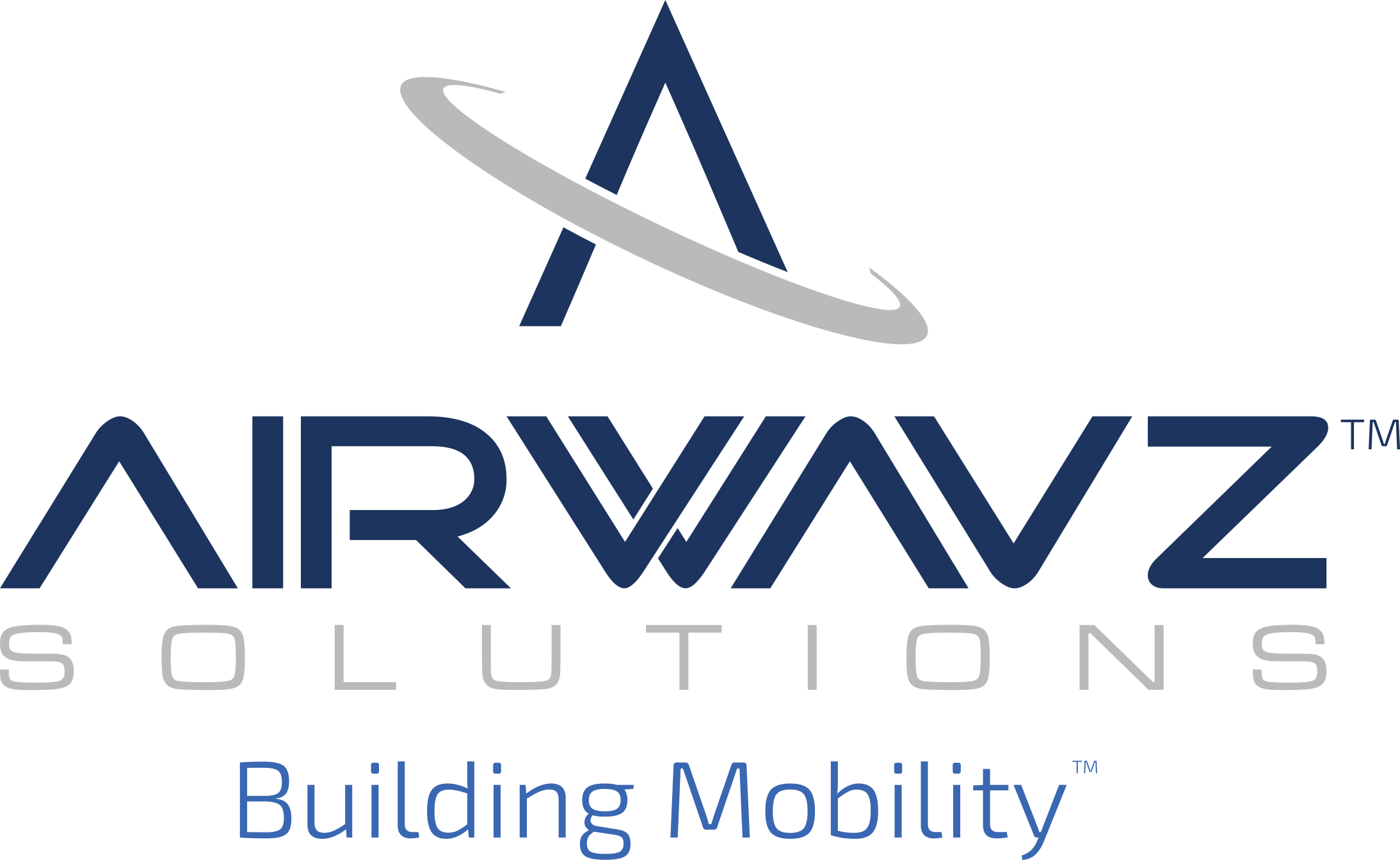Fiber, Cellular, WiFi, 5G — Can A Tech 'Stack' Soothe Owners’ Digital Pains?
For years, technology advocates have been pushing building owners to upgrade to the latest and greatest in digital infrastructure, with ominous warnings about 5G readiness and futuristic talk of smart buildings. But according to Airwavz Chief Revenue Officer Chris Zack, that approach is far from pragmatic.
“Owners see the expense and the complexity of smart building systems and are unsure where to start, so they just walk away from the table,” Zack said. “That keeps them from making even the simplest and most necessary updates.”

Rather than using scare tactics to push owners to upgrade for the future of wireless, technology advocates may want to encourage an incremental approach that allows owners to install each layer of digital infrastructure — from optical fiber and WiFi through to private cellular networks — on the timeline that makes sense for them.
Owners who build a growing stack of digital technologies will be far more prepared for the needs of digital-savvy tenants than their peers who put off the updates entirely.
Zack’s company, Airwavz, is doubling down on this incremental "stacking" strategy. The company, which offers to install, own and operate in-building cellular systems on a subscription model, will begin providing a wider range of subscription services under an umbrella program dubbed Smartwavz.
The goal is to accommodate owners and the current state of their technology, assess their particular needs and move them step by step toward the future of connectivity.
“When the wireless industry highlights all the bells and whistles that the future holds, it can create a sense of sticker shock,” Zack said. “If we can break down the stackable components into a shared-cost model, we can actually move the building forward.”
At the core of the technology stack is an optical fiber network. These glass wires, each thinner than a human hair, form the backbone for all modern digital infrastructure, replacing the thick and costly copper wire that runs through many older buildings. Airwavz will partner with building owners to install optical fiber throughout their buildings, providing the spine for future technology enhancements.

“Optical fiber will be the at the core of future technologies such as 5G, CBRS and private LTE,” Zack said. “It is critically important to work with a partner that not only installs this fiber network, but is there to service and manage its future technology use cases.”
Beyond fiber, though, the technology stack becomes somewhat more discretionary. Airwavz consults with its clients to determine what technologies make the most sense for them and their tenants at each particular property.
Owners who are ready to take the first step toward prepping their buildings for the future should start with commercial wireless service. Using the fiber backbone, a building owner can team up with Airwavz to bring in cellular reception from any of the major cellular carriers, choosing which floors and which carriers to work with. If they wanted, Zack said, a building could put Verizon service on floors two through five, and T-Mobile and AT&T on floors seven through fifteen, turning service on as occupants need.
Having commercial wireless service indoors is becoming all the more crucial as companies begin turning to bring-your-own-device policies and as new building materials block cellular signals from outside.
While many building owners choose to install improvements from wireless carriers’ licensed networks, some are now choosing to build and manage their own, unlicensed WiFi networks. The ability to control their own networks let owners provide a unique wireless experience to tenants and employees and even to extend the owners’ brand.
However, keeping up with the future of WiFi may be more than a typical IT organization can manage, Zack said. Especially as they add smart building upgrades like security systems and utility sensors, owners will need to increase their level of competency and funding to keep pace.
“We’ve begun offering managed WiFi services as part of our stacking plan, to move buildings toward a smarter future,” Zack said. “Reliable, secure and fast WiFi is becoming a differentiator for building owners and leasing agents. From lobbies, to conference rooms and fitness centers, the wireless experience can impact how an employee actually feels as well as performs on a daily basis.”
The final capstone in the technology stack, Zack said, is private, licensed cellular networks. Airwavz has begun working with Globalstar to lease private network access directly to building owners to set up private LTE networks. Besides offering blazing cellular speeds for dedicated services and applications, these networks can give building owners total visibility into their digital experience.
While these next-generation networks may seem out of reach for building owners today, Zack said they will probably be taken for granted in the next decade.
“Our job is to minimize the investment today while still guiding landlords into the future,” he said. “We want to lay out a clear path for digital wireless advancement, with each technology stacking on the prior one.”
This feature was produced in collaboration between Bisnow Branded Content and Airwavz. Bisnow news staff was not involved in the production of this content.

